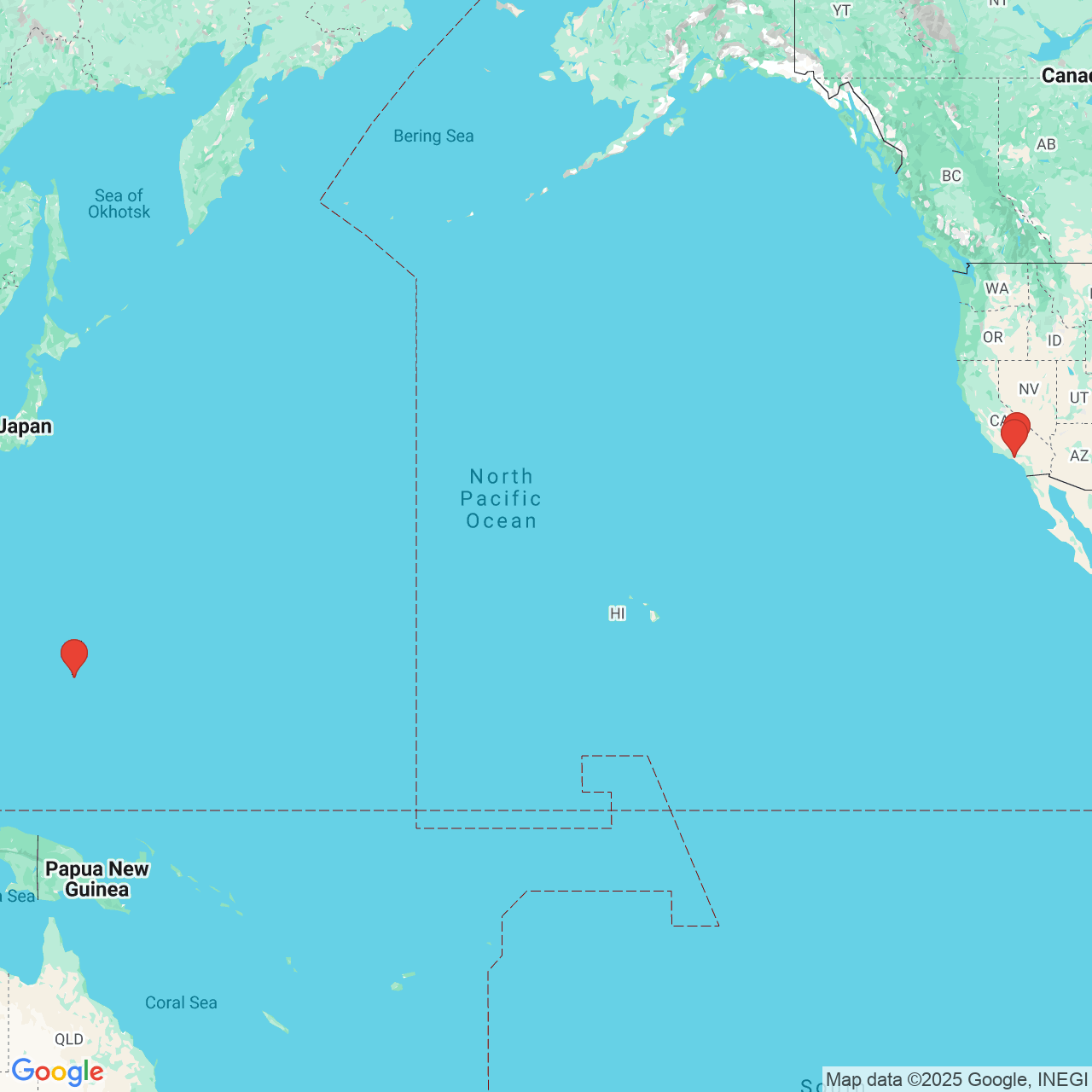Macular Degeneration Signs and Symptoms
 Macular degeneration, also called age-related macular degeneration (AMD), is an eye condition that results in the loss of sight in the central field of vision. The eye disease affects the macula, which is located in the middle of the retina and contains millions of light-detecting cells. When the macula begins to deteriorate, the patient may begin to experience some blurriness or blind spots in central vision. Since the macula is the region that produces the greatest visual acuity in patients, it is important that patients undergo regular eye exams so macular degeneration can be detected at its earliest stages. At our Los Angeles eye surgery center, macular degeneration treatment is aimed at slowing the progression of the disease, as well as vision loss.
Macular degeneration, also called age-related macular degeneration (AMD), is an eye condition that results in the loss of sight in the central field of vision. The eye disease affects the macula, which is located in the middle of the retina and contains millions of light-detecting cells. When the macula begins to deteriorate, the patient may begin to experience some blurriness or blind spots in central vision. Since the macula is the region that produces the greatest visual acuity in patients, it is important that patients undergo regular eye exams so macular degeneration can be detected at its earliest stages. At our Los Angeles eye surgery center, macular degeneration treatment is aimed at slowing the progression of the disease, as well as vision loss.
There are two types of age-related macular degeneration: the dry and wet forms. Dry macular degeneration is the most common type of the disease, affecting about 90 percent of patients. In patients with dry macular degeneration, the cells of the macula begin to breakdown and central vision becomes impaired.
In patients with wet macular degeneration, new and fragile blood vessels begin to develop as the light-sensing cells of the macula breakdown. These blood vessels leak fluid and blood on the macula, causing quick damage and further loss of vision.
Symptoms of Dry Macular Degeneration
The symptoms of dry macular degeneration may affect one or both eyes. The signs of dry macular degeneration include:
- Blurry central vision, which is especially noticeable when reading or driving
- Central vision appears crooked
- A blind spot in the central field of vision, can appear as a dark or white spot
- Yellow spots, referred to as drusen, on the macula
- Difficulty seeing in low light conditions, such as at night or in poorly lit rooms
- Colors that seem less vibrant
- Trouble recognizing friends, family, and acquaintances faces
Symptoms of Wet Macular Degeneration
Like with dry macular degeneration, wet macular degeneration is painless. The most obvious symptom of wet macular degeneration is straight lines that appear crooked, wavy, or distorted. This symptom is caused by leaking blood vessels, which permanently damage the macula. If you are experiencing the symptoms of dry or wet macular degeneration, you should schedule an eye exam as soon as possible.
Macular Degeneration Risk Factors
For many patients of our patients in Los Angeles, macular degeneration produces no obvious symptoms. That is why patient awareness of the risk factors of the disease, along with regular eye exams is a patient's best defense against macular degeneration-related vision loss. Patients that are at risk of developing macular degeneration should schedule eye exams once a year. The risk factors of macular degeneration include:
- Age: Patients over the age of 50 are at risk, but the disease is most common in patients over the age of 65.
- Race: The disease is most common in Caucasians
- Poor diet: Regular consumption of fresh fruits and vegetables will decrease your risk of developing macular degeneration
- Family history
- Smoking cigarettes
- Obesity
- Cardiovascular disease
- High cholesterol
To undergo macular degeneration testing, contact Retina Vitreous Consultants today.


